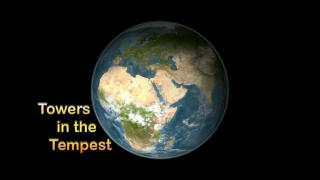Plan is a child-centred community development organisation with no religious or political affiliations, enabling families and communities in the poorest countries to make lasting improvements to the lives of their children.
Because I am a Girl encourages students to explore and examine the role of girls in society and identify the differences between the experiences and expectations of girls and boys around the world. It accompanies the report ‘Because I am a Girl: The state of the world's girls 2007’ published by Plan.
Water in Kenya looks at the impact of water shortages in Kenya and the wider world. Students will begin to asses the impact that water shortages will have on them individually and the world as a whole.
Fair Trade in Pakistan begins to explore the idea of Fair Trade and the affect we can have in the developing world through Fair Trade. Students will develop an understanding about where products originate from and social responsibility.
Child Labour in India introduces the country of India to young people and examines the practice of child labour. It encourages young people to examine their own life and compare their experiences with those in India.
Make the link, break the chain examines the history of the transatlantic slave trade as well as the forms of slavery which still exist in the world today. It was developed from a project which linked schools in Brazil, Haiti, Senegal, Sierra Leone and the UK.
Togo: making choices has been designed to help UK children explore the ideas of needs, choices and fairness whilst learning about the lives of children in Togo.
Real life in Ghana explores similarities and differences between life in the UK and in Ghana. It draws on multimedia extracts of Ghanaian children, discovering everything from their daily routines through to the games that they play.
A global identity looks at the idea of our identity and how it can be used to distinguish and unite us all.
Speak out on Africa introduces the continent of Africa and encourages pupils to think about how their voice could facilitate change there. The work is an introduction to youth advocacy.
Visit a virtual village Experience a virtual visit to an African village. Nyalakot is a rural farming community of about 6,200 people where poverty is endemic and average income amounts to about £130 per person a year – less than 60 pence a day. Meet community members, children, students and adults.
Stop Disasters game Play this interactive game where you plan and construct an environment for a community affected by natural hazards.



